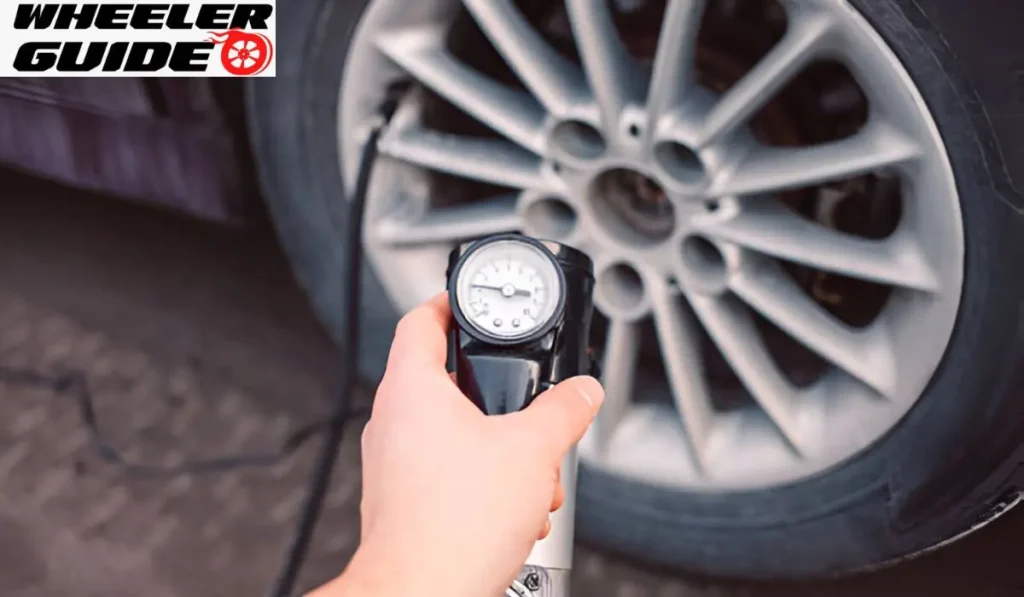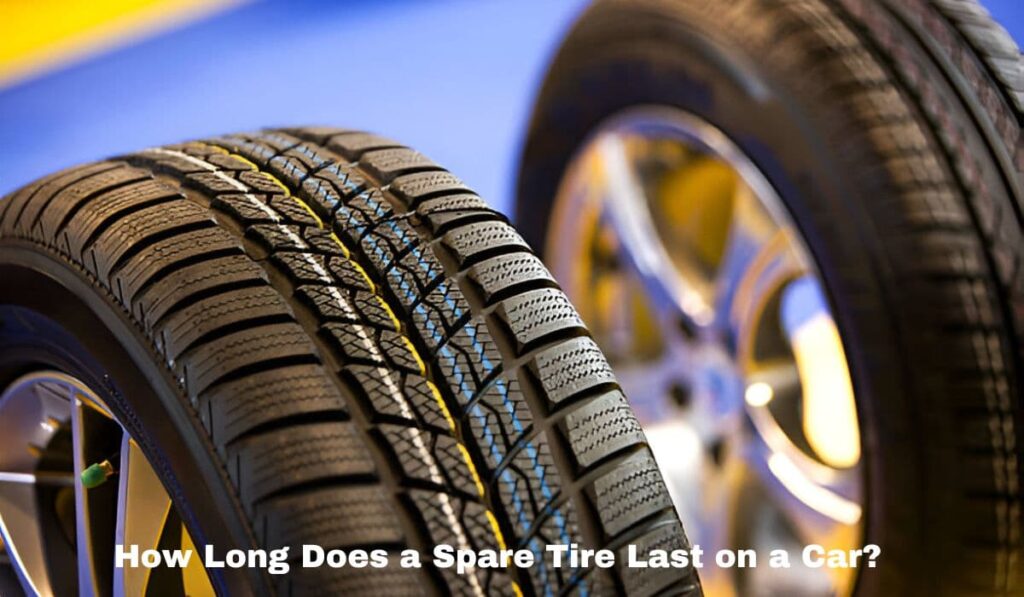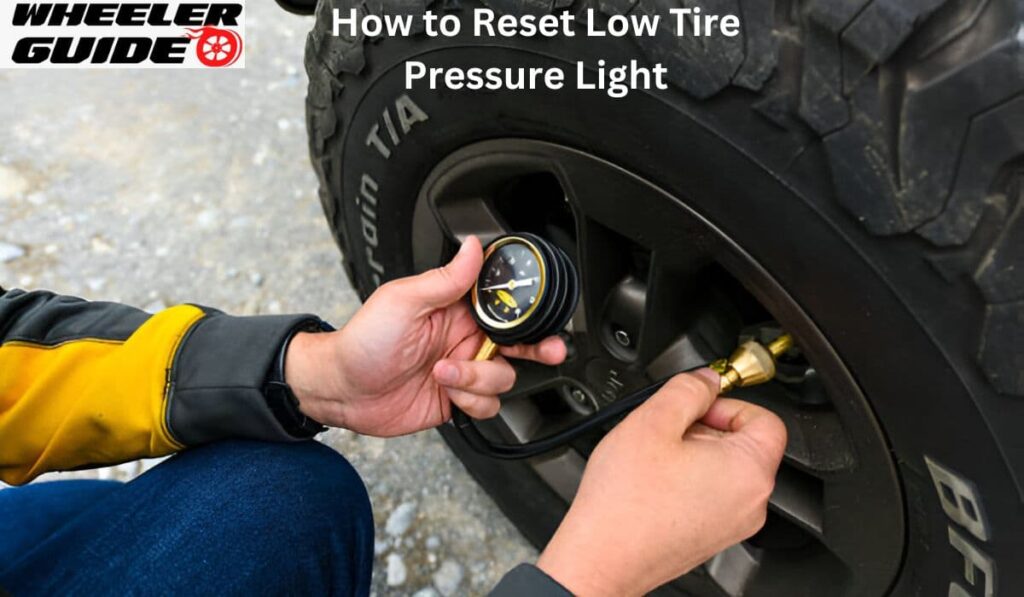A tire pressure monitor fault can be concerning for drivers. It happens when the system that checks tire pressure stops working right. This warning means there might be a problem with one or more tire sensors.
Fixing a tire pressure monitor fault can cost between $0 and $500, depending on the cause. If it’s just low tire pressure, you can fix it for free by adding air. But if a sensor is broken, it may cost a few hundred dollars to replace it. Keeping tires at the right pressure is key for safety and fuel economy.
Understanding Tire Pressure Monitoring Systems
Tire Pressure Monitoring Systems (TPMS) are crucial safety features in modern vehicles. These systems help drivers maintain proper tire pressure, ensuring optimal vehicle performance and safety.
Components and Functionality
TPMS consists of several key components. Tire sensors are installed in each wheel to measure air pressure. These sensors send data to a TPMS control module in the vehicle.
The control module processes this information and alerts the driver if tire pressure is too low or too high. Most systems use a dashboard warning light to notify drivers of issues.
Sensor batteries typically last 5-10 years. When they die, the sensors need replacement.

Types of TPMS: Direct vs Indirect
There are two main types of TPMS: direct and indirect.
Direct TPMS uses physical sensors inside each tire. These provide accurate tire pressure readings for each wheel.
Indirect TPMS doesn’t use physical sensors. Instead, it monitors wheel rotation speeds through the ABS system. A tire with low pressure will spin faster than others.
Direct systems are more accurate but costlier. Indirect systems are cheaper but less precise.
The Importance of Maintaining Proper Tire Pressure
Correct tire pressure is vital for safety and performance. Underinflated tires can lead to:
- Poor handling
- Increased stopping distance
- Reduced fuel efficiency
- Faster tire wear
Overinflated tires can cause:
- A harsher ride
- Reduced traction
- Uneven tire wear
TPMS helps drivers keep tires at the right pressure. This improves safety, extends tire life, and boosts fuel efficiency.
Regular tire pressure checks are still important. TPMS is a helpful tool, but it doesn’t replace manual inspections.
Diagnosing and Resolving TPMS Issues
Tire Pressure Monitoring Systems (TPMS) play a crucial role in vehicle safety. When issues arise, quick diagnosis and resolution are essential to maintain proper tire pressure and prevent potential accidents.
Common TPMS Faults and Their Causes
TPMS faults can stem from various sources. Underinflated tires are a common trigger for TPMS warnings. Sensor damage, often caused by impacts or improper tire changes, can lead to inaccurate readings.
Battery failure in TPMS sensors is another frequent issue. These batteries typically last 5-7 years before needing replacement.
Faulty wiring or corrosion can disrupt communication between sensors and the vehicle’s computer. Extreme temperatures or sudden pressure changes may also cause temporary TPMS malfunctions.
Steps for Troubleshooting TPMS Warnings
When a TPMS warning appears, start by checking tire pressures with a reliable gauge. Inflate tires to the recommended pressure if needed.
If the warning persists, try resetting the TPMS. This process varies by vehicle, so consult the owner’s manual. Inspect TPMS sensors for visible damage. Look for signs of corrosion or loose connections in the wiring.
Use a TPMS diagnostic tool to read sensor data and identify specific faults. These tools can often reset the system and reprogram sensors if necessary.

When to Seek Professional Help
If basic troubleshooting doesn’t resolve the issue, professional assistance may be needed. Mechanics have specialized tools to diagnose complex TPMS problems.
Seek help if the TPMS warning light flashes before staying on, as this often indicates a system fault rather than low tire pressure.
Professional diagnostics are crucial if electrical issues are suspected. Faulty wiring or control module problems require expert attention.
Consider professional service if sensors need replacement or reprogramming. This ensures proper installation and system functionality.
Frequently Asked Questions
How can I reset the tire pressure monitoring system on my vehicle?
Resetting the tire pressure monitoring system varies by vehicle make and model. For many cars, you can reset it by inflating all tires to the correct pressure and then driving for about 20 minutes. Some vehicles have a reset button in the glove box or under the steering wheel.
What are the steps to fix a tire pressure sensor fault?
To fix a tire pressure sensor fault, first check and adjust tire pressures. If the fault persists, the sensor batteries may need replacement. A mechanic can diagnose if sensors need recalibration or replacement.
Is it safe to drive when the tire pressure monitor indicates a fault?
Driving with a tire pressure monitor fault is not recommended. The system may not accurately report low tire pressure, which can lead to poor handling, reduced fuel efficiency, and increased risk of tire failure. It’s best to have the issue checked promptly.
What could be the reason my tire pressure light remains on after inflation?
If the tire pressure light stays on after proper inflation, the TPMS might need a reset. Other causes include a faulty sensor, extreme temperature changes, or a slow leak in one of the tires.
When should I consider replacing my tire pressure sensor?
Tire pressure sensors typically last 5-10 years. Consider replacement if the sensors consistently give false readings, fail to transmit data, or if the batteries weaken. Sensors may also need replacement after certain tire services.
What does the TPMS warning light on the dashboard signify?
The TPMS warning light indicates an issue with tire pressure or the monitoring system itself. A steady light usually means low pressure in one or more tires. A flashing light often signals a system malfunction, such as a failing sensor or communication error.


